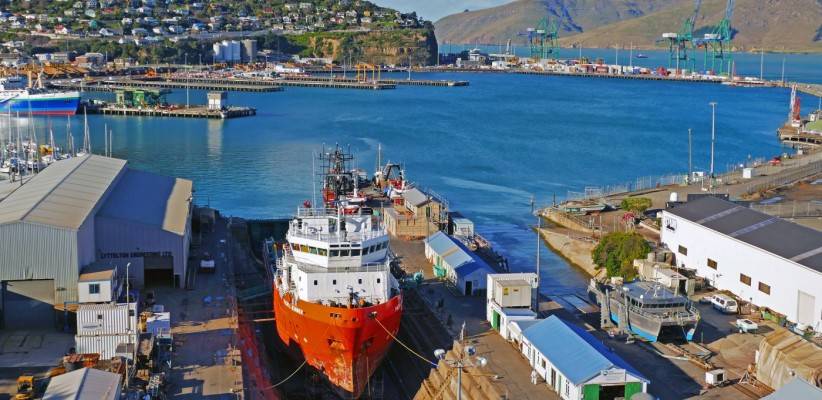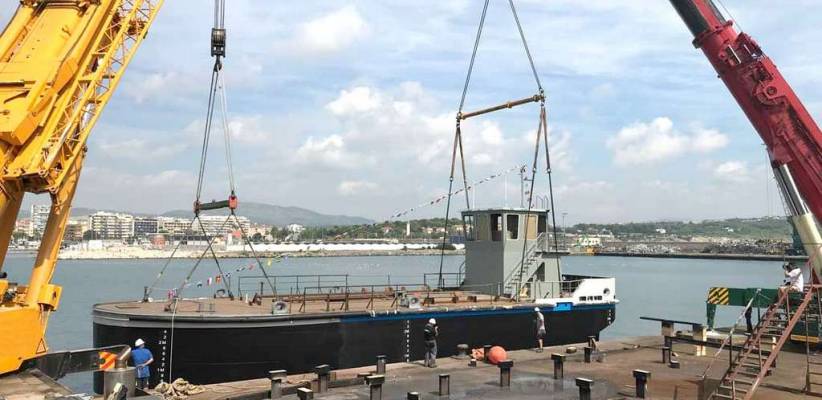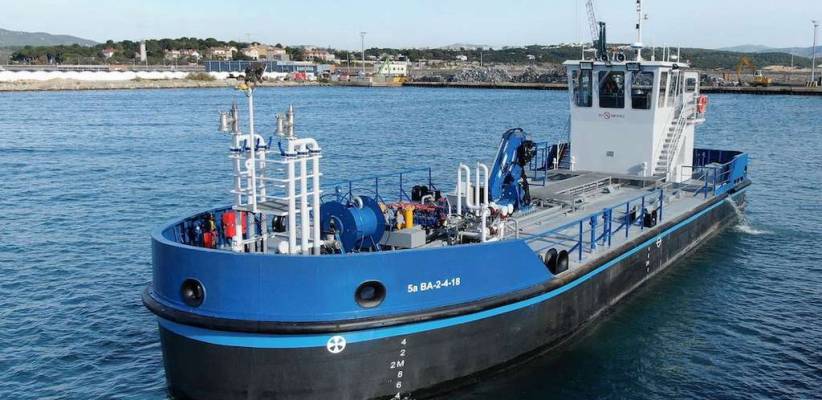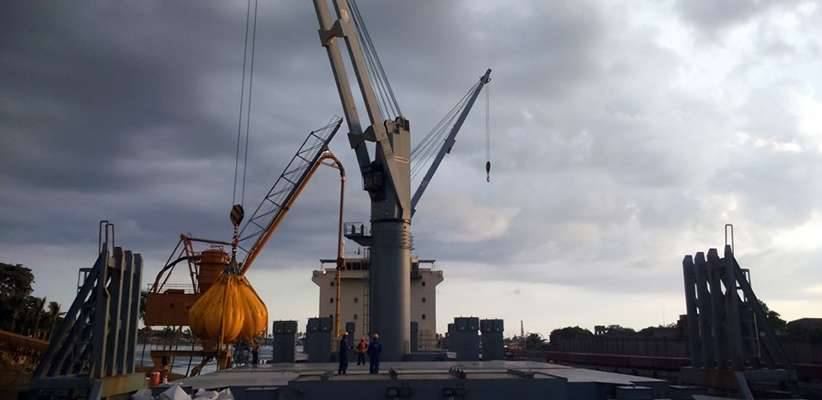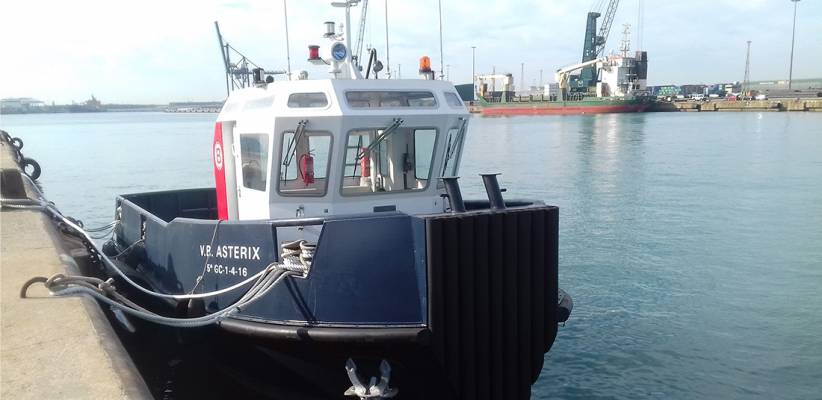A dry dock is one of the biggest challenges in civil engineering. The main structure and all auxiliary elements that compose it make dry docks a highly complex structure. This article explains how a dry dock operates in a shipyard and outlines its main characteristics.
The dry dock and its fundamental role in a shipyard
The dry dock is a critical part of the facilities of a shipyard regardless of its main activity, whether ship building or repair of vessels. To carry out these shipbuilding and repair works effectively, the shipyard equips its dry dock with additional equipment such as cranes, facilities like berths, and workshops that make it possible to repair or build a ship.
Regarding dry docks, we can differentiate several types according to their use:
- Repair and maintenance: Used for emergency and planned dry-docking surveys of ships
- Shipbuilding: Docks destined mainly for the construction of ships
- Shipbuilding and repair: Mixed dry docks used for both shipbuilding and repair works
Considering the different facilities and equipment that a shipyard can or should have, a reasonable conclusion is that the dry dock is the most fundamental part since it allows carrying out both shipbuilding and repair works on ships.
How does a dry dock work?
A dry dock is a chamber separated from the adjacent port water by a gate. Its basic structure comprises the floor or plan of the dock, the side walls, the front wall, and the gate that defines the dry dock.
The filling and emptying processes of the dock are carried out by pumps generally located in a pumping station:
- Starting with the dock filling process, and taking into account that the dock is dry and without any vessel inside, it is filled by gravity until the water level inside the dock equals the water level in the outer zone, allowing the gate to open and the ship to enter the dry dock.
- Once the ship is inside the dock, the gate is closed, and the process of emptying the dock begins by pumping water to the outside.
- During the emptying process, the vessel is centered and positioned on the blocks, and the dry-dock is completely emptied to make it accessible.
These blocks where the ship is located can be classified as keel blocks, bottom blocks, or side blocks. Both the number and type of these blocks will depend on the size of the ship that enters the dock.
What happens during dry docking?
Dry docking a ship is the most complex and dangerous operation to be carried out in a dry dock. Each ship to be docked must have a dry dock plan, forward and aft draft condition, displacement, load disposition, stability conditions, and detailed information of damages, if any, at the dock entrance.
Based on this dry dock plan and with all the information about ship dry dock conditions, the necessary calculations are made for the proper positioning of the ship on the blocks.
Once the required work is completed and the ship is ready for departure, the dry dock filling process begins by pumping water into the dock until the ship floats freely. At the moment when the water level inside the dry dock equals the water level outside, the gate is opened, and the boat is towed out.
At SYM Naval, as a shipyard that specializes in carrying out repair and maintenance work in dry dock, we provide comprehensive dry dock services for vessels of various sizes. For more information about our dry dock capabilities, visit our dedicated section at repair and maintenance work in dry dock or contact us through our website.

